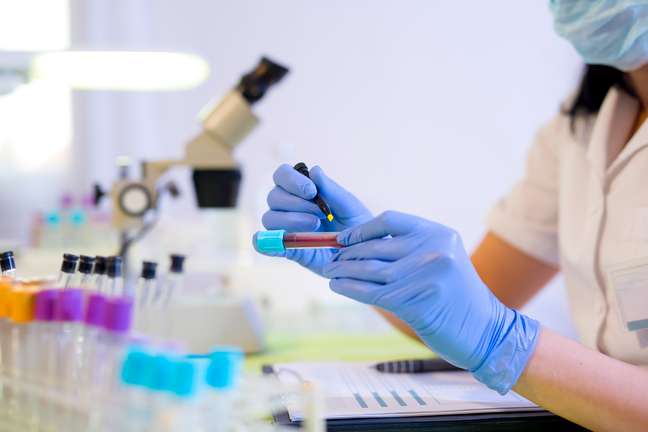There’s a reason the material isn’t handled by humans inside the labs. Understand why this recommendation exists
THE examination of fetal sex, which indicates the sex of the baby from the eighth week of pregnancy onwards with very high precision, has become popular in recent years and has become increasingly accessible, although it is not covered by the ANS (i.e. even those who have health insurance need to bear the costs, which vary greatly between laboratories). But although they are well known among women who have already experienced a pregnancy, there is information that is not widespread and which, in general, intrigues: blood for testing should be collected and handled, preferably only by women.

Analysis of maternal plasma
First of all, it’s worth remembering fetal sex test analyzes DNAby looking for the presence of the Y chromosome (present only in males) in maternal plasma. “If it is detected, the chromosomal sex [ do bebê] will be male (XY). If it is not detected, the chromosomal sex will be female (XX),” explains Natália Gonçalves, PhD in Molecular Biology and head of reproductive genetics at Dasa Genomics. This is because the mother – who is a woman, i.e. XX – will only have the Y chromosome if she is expecting a boy.
Exceptional cases may be women who have received a blood transfusion or an organ donation from a man: in situations such as these, the test is not indicated, especially in the first six months following the procedure, as the Y chromosome finding may come from from the blood or the organ received.

Maximum care to guarantee the result
It is precisely because of this possibility of interference that blood sampling should be done, preferably only by women. “Fetal sex is a very sensitive test, therefore for the sake of avoiding contamination, it is recommended that the test comes into contact as little as possible with cells containing male DNAthat is, the Y chromosome,” warns Natalia.
If the protective devices are used correctly and all the steps are followed as intended, it is very difficult for contamination to occur, even if, as the specialist points out, it is a particular care to guarantee the assertiveness of the result.
Caution continues in the sample analysis phase. “When the process is manual, that is, with a technician who opens the tube and manipulates the DNA extraction steps, there is a greater possibility of contamination during the manipulation if he is a man, as any fraction of male DNA can be detected in the sample”, Natália points out. Even when the analysis is automated, there may still be the initial stage of opening the tubes so that the plasma is fed into the equipment and, again, the work exclusively by women is important.
+The best content in your email for free. Choose your favorite Terra newsletter. Click here!
Source: Terra
Ben Stock is a lifestyle journalist and author at Gossipify. He writes about topics such as health, wellness, travel, food and home decor. He provides practical advice and inspiration to improve well-being, keeps readers up to date with latest lifestyle news and trends, known for his engaging writing style, in-depth analysis and unique perspectives.








